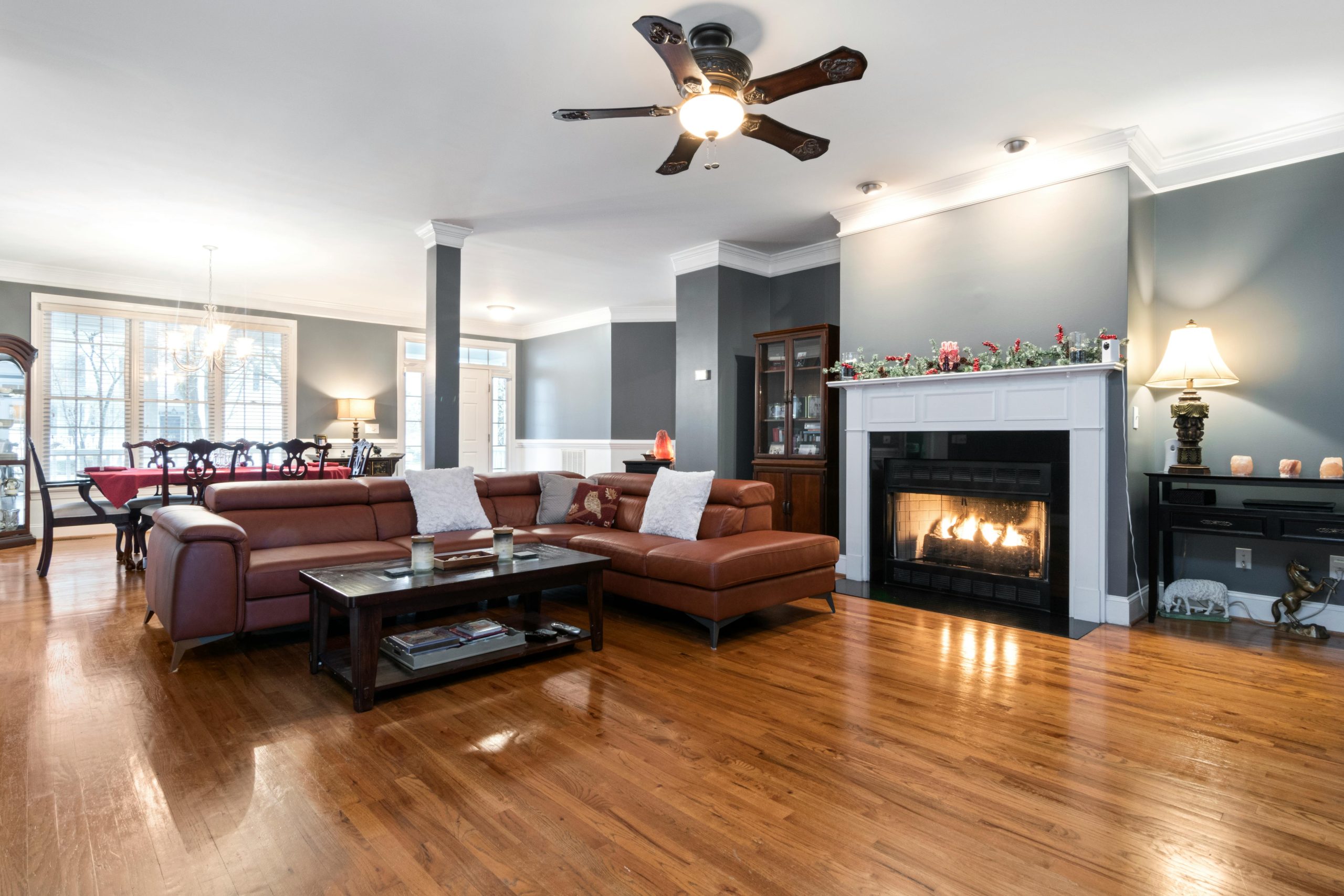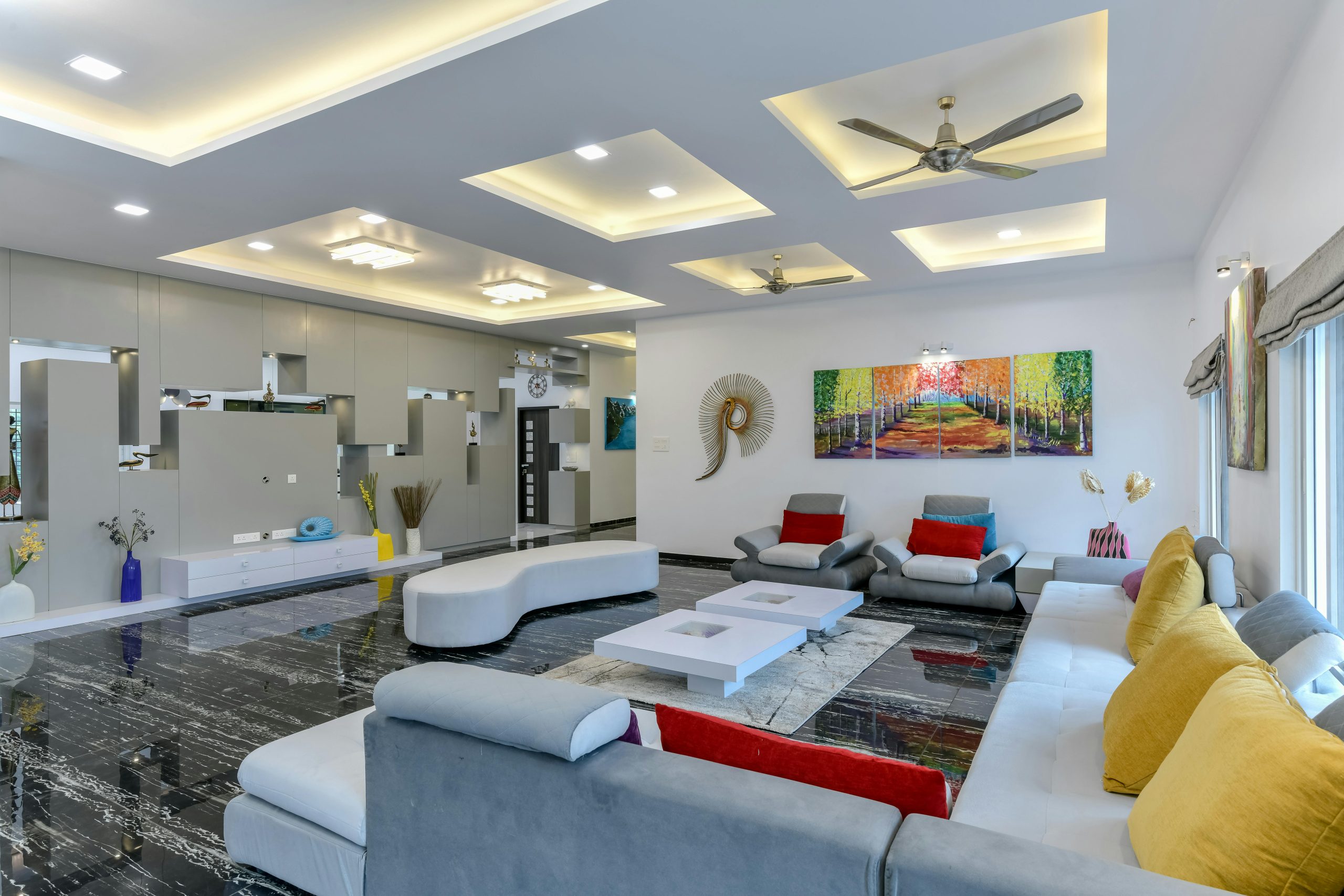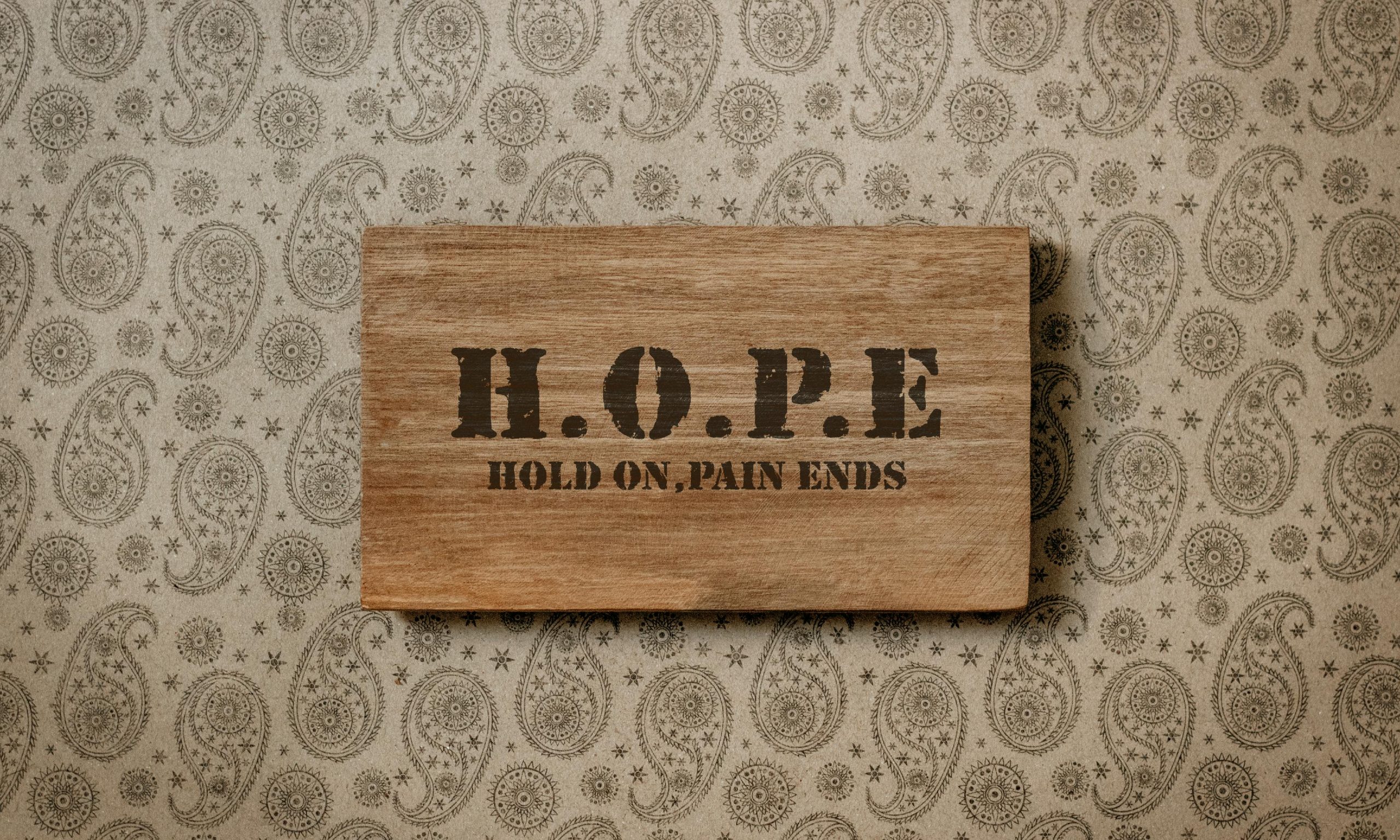Parametric Design
The world of architectural design is constantly evolving. Every few months we see new concepts that revolutionise space planning, efficiency and aesthetics. As we enter the future of architecture, we can’t help but notice the rise of a disruptive methodology that is proving to be a gamechanger in the world of interior design. We’re referring to Parametric Design. This dynamic approach opens up a whole new realm of possibilities to create visually-stunning and functional spaces.
Parametric Design Definition
The best part of parametric design is that it easily adapts to the conditions of a space and harmoniously integrates functional elements. Think of it as an advanced design methodology that employs algorithms and computational geometry to create complex yet functional designs. In short, it has completely revolutionised the way we interact with the physical world. As the name implies, it is driven by a set of parameters. It can be tweaked based on individual preferences. The parameters could be anything. From dimensions and material types to aesthetics and environmental factors. The key advantage of parametric design is that it responds to user needs and optimises spatial efficiency. A large level of flexibility can be achieved compared to traditional design methods.
Parametric Design Process: 5 Key Steps
Define the Problem & Setup Goals
The first step is identifying what the final output should look like. It is also understanding what specific requirements the design must meet. An interior designer usually defines the problem or objective. For example, the objective can be designing a sustainable building or biophilic design with plenty of natural light. Once the goal is set, the parameters need to be defined.
Setup Parameters
The most important step of a parametric design process is establishing the parameters that will guide the design. Parameters can be energy efficiency targets, structural loads or spatial requirements. The decided parameters are encoded into a computer program.
Formulating Rules
Parametric design usually works in sync with each other. For example, as the size of a room increases, the number of windows should also increase. Once the relation between different parameters is set, this too is encoded into the program.
Run the Program
Once the parameters are in place, the next step would be to open the software and start breaking down the design into component sequences. The designer can run the program to generate designs. The design generated will be a result of the parameters set by the designer.
Design Optimisation
Once the components are broken down, you can generate countless designs. Each will be a unique offering to the solution. It’s then the designer’s job to find the best solution. If changes are required, you can fine-tune the parameters or run the program again by reestablishing the rules and relationship.
The Effect of Parametric Design on Architecture
Don’t think of parametric design as a way of only creating designs. It’s much more than that. It generates a range of possibilities and can revolutionise the interior design space for good. Here’s the effect it has on the field of architecture:
Efficiency and Speed
Traditional design methods can be long and arduous. Since parametric design involves generating designs computationally, the output is significantly faster. Architects too can explore wide designs in a short time.
Flexible and Adaptable
A major reason why architects prefer parametric designs is because they seamlessly integrate into changing conditions. For example, if a client wants to see how their final product will look, the interior designer simply has to adjust the parameters and they will be able to generate a new design. Columns, corners and staircases can be integrated into any space seamlessly.
Sustainability
Budding interior designers are all for sustainability. Parametric design makes it easier for architects to incorporate sustainable design principles into their work. The aesthetic is clean. It provides a space with a level of personality and distinction, and offers functional and practical advantages. For instance, incorporating natural light and greenery into a design is both aesthetically-pleasing and environmentally friendly.
Greater Freedom
A major reason why parametric design has become such a phenomenon these days is because it makes it possible to create irregular and fluid shapes. Usually, it includes organic shapes inspired by nature. It represents dynamism, transmitting movement and dynamism.
Takeaway
Parametric design is surely a gamechanger in interior design. The possibilities are limitless, and they have the capability to create visually-stunning environments. Students pursuing BSc. in Interior Designing courses learn about this new technology. If they use it in every aspect of interior design and architecture, they can create a future full of responsive objects. The way we interact with our everyday spaces will change forever.




